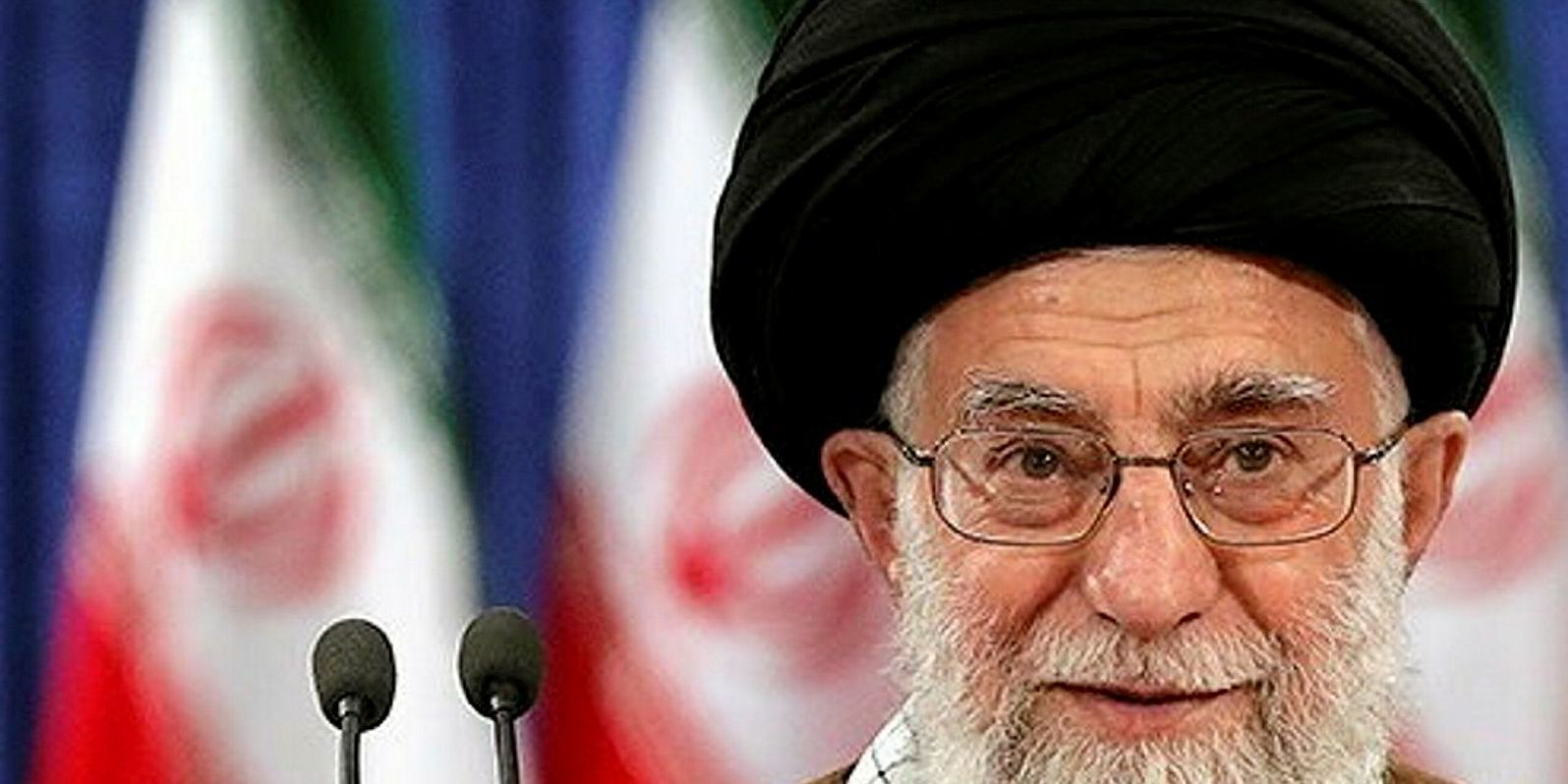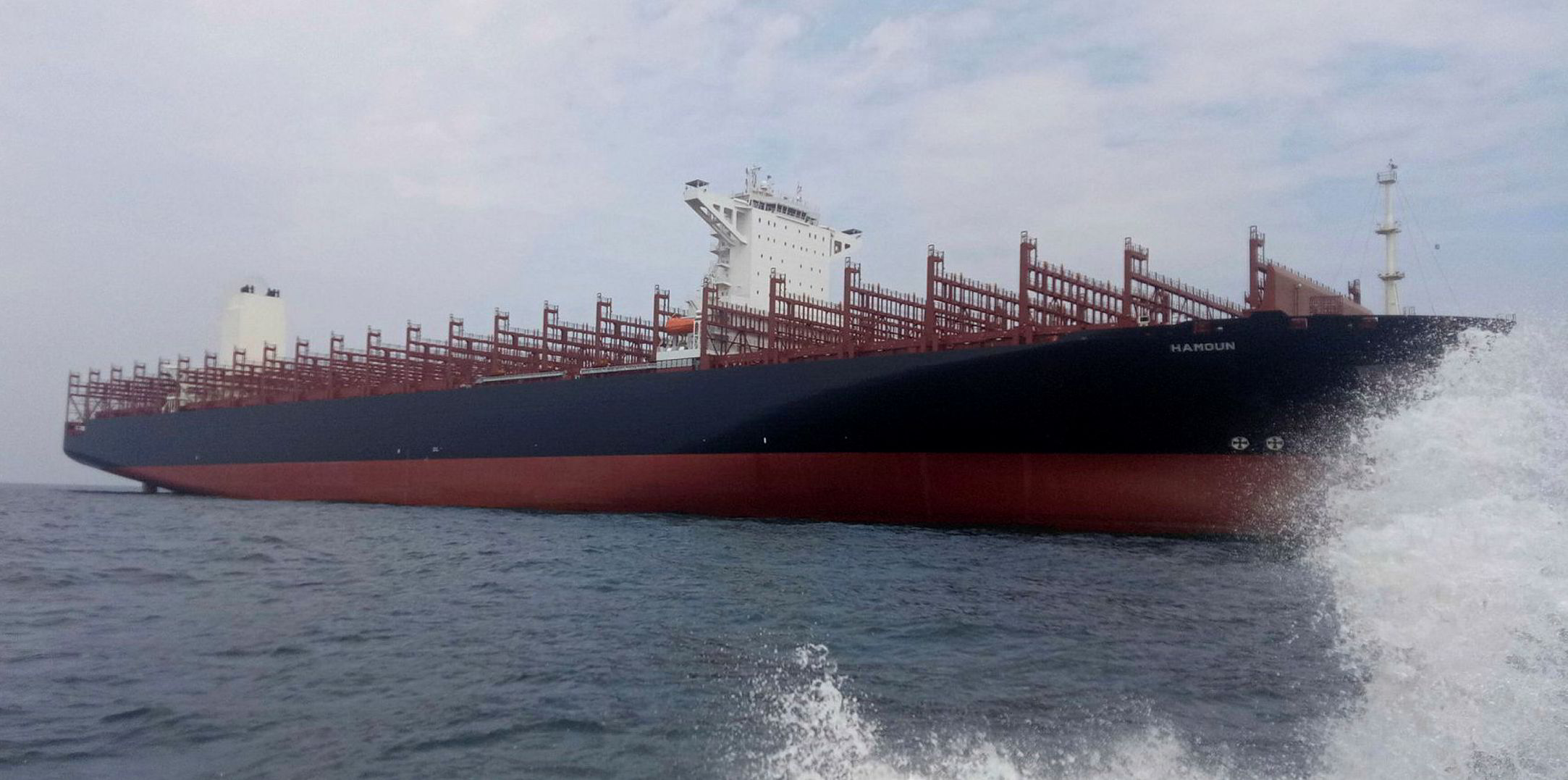It is hard to predict what lies ahead for Iran and its shipping industry.
Shipping has felt the effect of the strict sanctions regime imposed by the US after the Trump administration unilaterally withdrew from the Iran nuclear deal in 2018.
Soon after Donald Trump’s presidential inauguration in January 2017, short-lived national security advisor Michael Flynn said the new administration was “officially putting Iran on notice” for its alleged catalogue of destabilising activities throughout the Middle East.
While Flynn’s government role ended abruptly the following month, Trump pressed ahead with a campaign of “maximum pressure” against Iran.
This intensified in 2018, when the US withdrew from the Joint Comprehensive Plan of Action (JCPOA) deal forged in 2015 between Iran and the five permanent members of the United Nations Security Council, plus Germany.
The US sought to strangle the Iranian economy through punitive sanctions. It has been tough going for shipping, both Iranian and international, ever since.
Iran had just begun re-establishing its presence in global shipping after seven years of pre-JCPOA US and UN sanctions were eased in 2016.
National Iranian Tanker Co (NITC) and Islamic Republic of Iran Shipping Lines (IRISL) returned to the market using protection and indemnity cover from the International Group of P&I Clubs. Their ships had previously been forced to use Iran’s Kish P&I Club.
One of the world’s largest tanker operators, NITC planned to build three VLCCs and two MR product tankers — part of what was meant to be a $2.5bn fleet renewal at a time when Iranian crude exports soared to 2.2m barrels per day (bpd). IRISL relaunched long-terminated liner services and began to order larger, more efficient boxships.
Analysts touted Iran as a possible “white knight” for the struggling offshore sector. Operators salivated at opportunities offered by the estimated $150bn to $185bn in offshore oil and gasfield investments in the country that were expected to be committed before 2020.
All of that was stopped in its tracks by Trump’s decision to pull out of the JCPOA.
Lack of trust

Contrary to the administration’s pitch, the reimposition of sanctions did not bring Iran back to the negotiating table to hash out a deal, nor did “maximum pressure” bring the country’s economy to its knees.
By all accounts, the economy has suffered badly, as have its citizens, but the political leadership remains entrenched. Oil exports have been curtailed but still flow through clandestine shipments.
The country has been ramping up crude oil and condensate exports. In September, TankerTrackers reported exports of 1.5m bpd, the highest level in a year-and-a-half.
It is hard to know exactly how much oil Iran is exporting, as it no longer releases figures, and its oil minister, Bijan Namdar Zanganeh, has admitted it is concealing the origin of its crude shipments.
The question now is what direction relations will follow when Joe Biden takes over from Trump in January. Biden has declared a desire to return to the nuclear agreement, but the scorched-earth policy towards Iran that Trump appears to have adopted in the final months of his presidency will have made that harder.
After waiting a year to see whether the European signatories of the JCPOA could persuade Washington to return to the agreement, Iran decided in May 2019 to breach the limit for its uranium enrichment.
Supreme leader Ayatollah Ali Khamenei has also said that in light of Iran’s experience with the Trump presidency, no US administration can be trusted.
However, in late November, foreign minister Mohammad Javad Zarif said Tehran would return with “no negotiations and no conditions” to the previous constraints on its nuclear activity, if Biden lifts Trump’s sanctions.
That, at least, is a positive sign.








